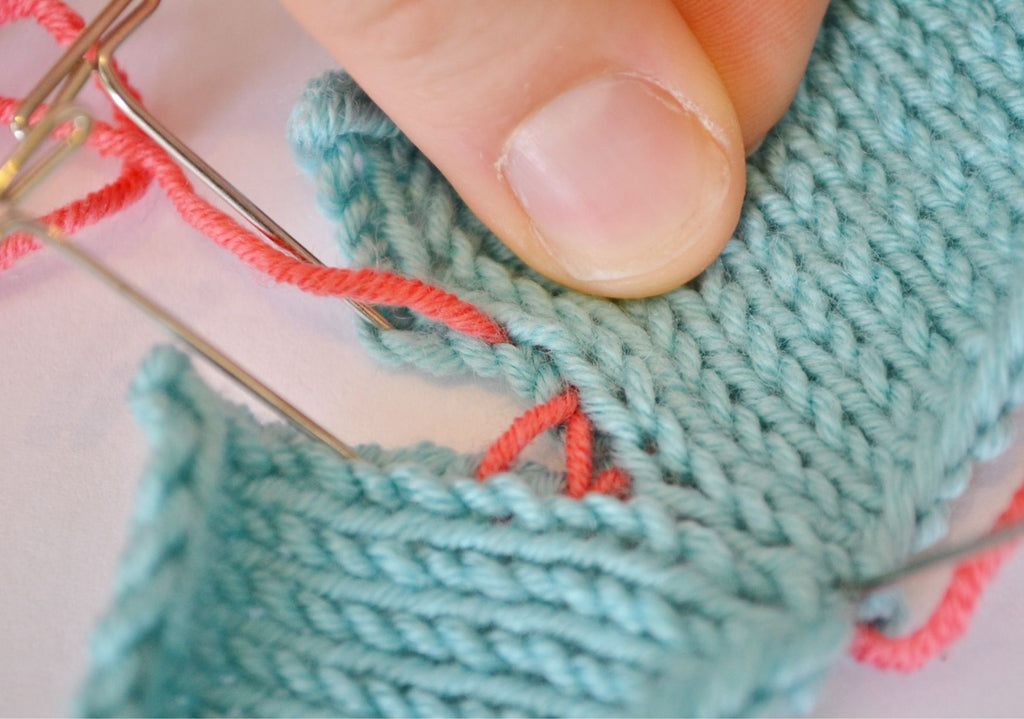Menu
0
Your Cart is Empty
Your Cart is Empty
August 22, 2023 4 min read 0 Comments
Today, we are talking about finishing techniques! There's no denying the joy of watching your stitches come together, row by row, but the real magic lies in the finishing touches that turn your knits into polished masterpieces, those secret ingredients that have friends exclaiming, "Wait...you made this?"
There are a plethora of finishing techniques we can talk about, but for today we are going to focus on three for you to explore in your next project for achieving polished knits; choosing the perfect cast-on and bind-off, which seaming method to use and the best way to block your FO.
Whether you're a seasoned pro or embarking on your knitting adventure, mastering these techniques will bring a sense of pride and accomplishment to every stitch. Let's take a look!

Choosing the right cast-on and bind-off can be a huge step to achieving polished knits. While most knitting patterns will specify the cast-on and bind-off method to use, it's always worth experimenting with other options if the ones suggested aren't giving you the desired results. For the best results, it's important to consider the following to ensure your project begins and ends with perfection!
Seaming is something that some knitters may shy away from, and while we are huge fans of a seamless knit, there are lots of benefits to trying seamed projects; structure and stability, the opportunity for adding different design elements and creating visual definition to name just a few. But how do you choose the best method? Let's take a look at a few.

One of the most important finishing techniques is blocking, the final touch that transforms your FO into a masterpiece. But did you know, the blocking method you choose can be influenced by the fibre content of the yarn you used? Here are some general guidelines for blocking based on fibre content:
Swatch! Remember, all of the above options depend on the type of project, the stitch pattern, and the desired finish. Experiment with different methods to find the one that works best for your specific knitting project by swatching. Try out different cast-ons and bind-offs, practice seaming them together, and block them to see the final result. These swatches don't have to be huge as you are not trying to work out your gauge, just how the different methods look, and even if you decide something isn't right for your current project, you can refer to them for future ones as well!

The techniques listed in this post are just a handful of possible options, so we encourage you to explore other methods out there too! Do you have a favourite finishing technique you'd love to share with us? Let us know in the comments below!
Sign up to get the latest on sales, new releases and more …